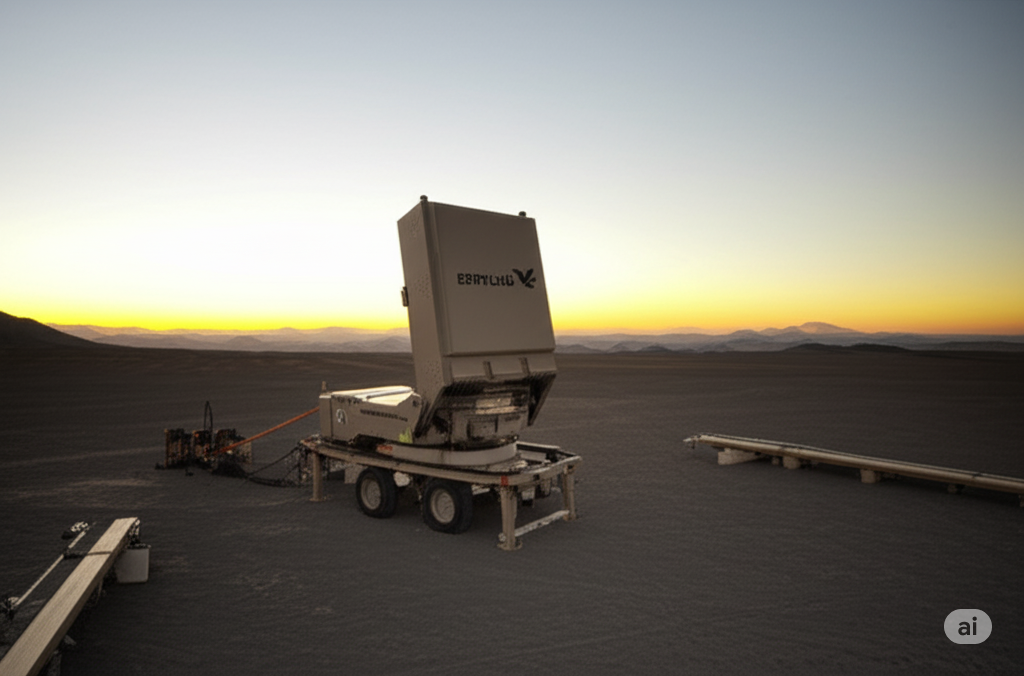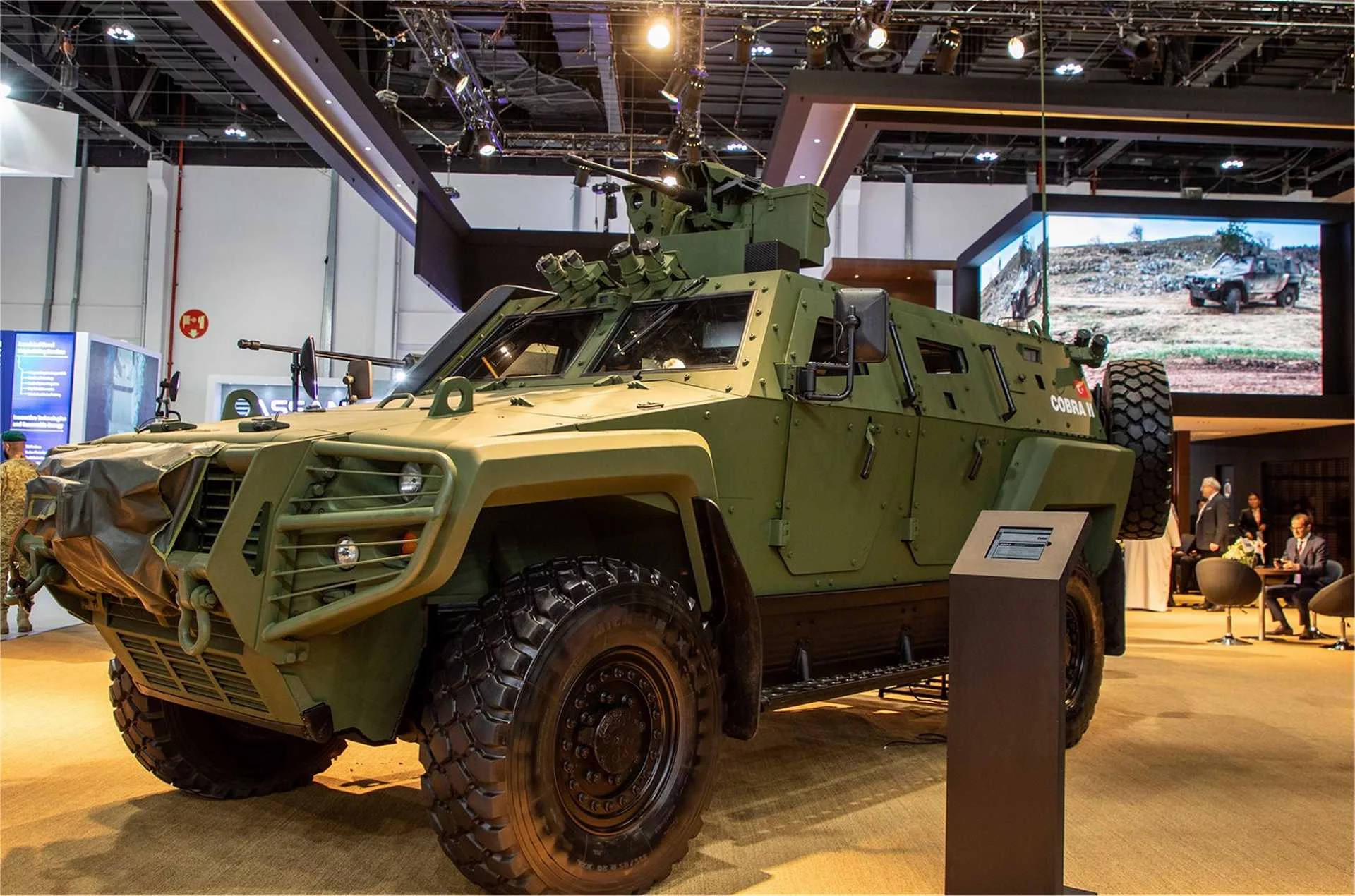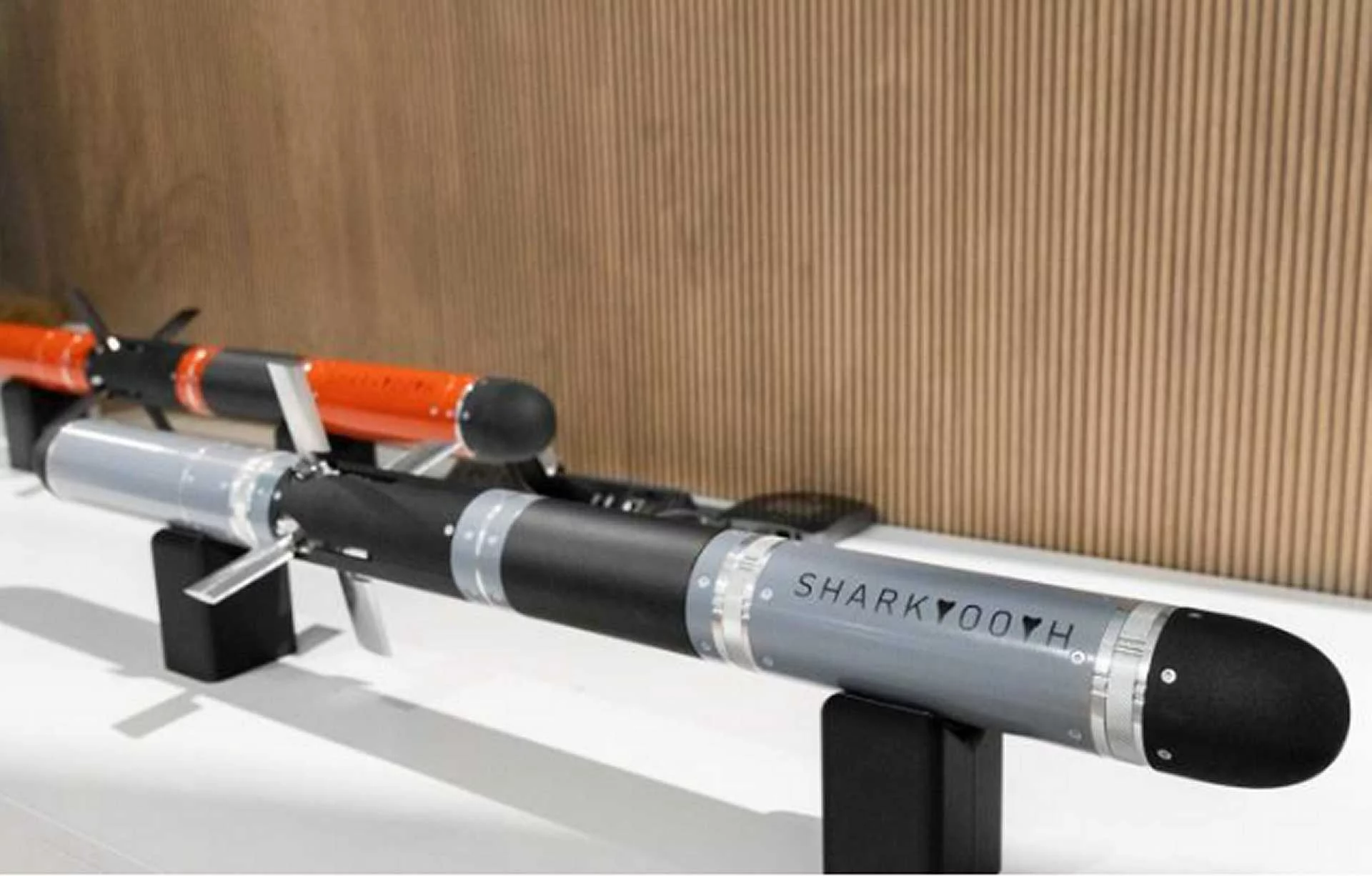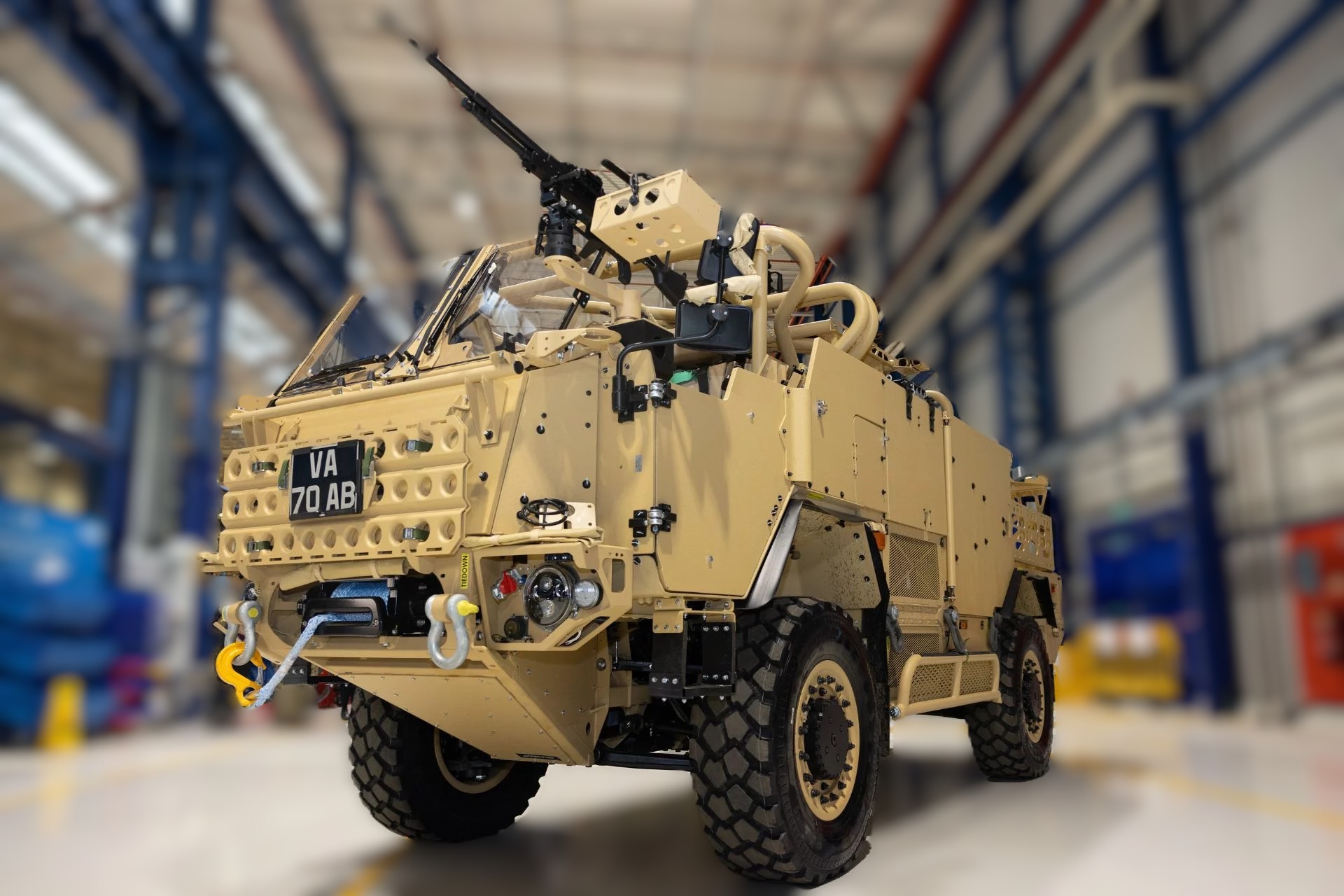Get ready for a sci-fi twist in modern warfare! The U.S. Army is revolutionizing its counter-drone strategy with a groundbreaking $43.5 million contract awarded to Los Angeles-based tech innovator Epirus on July 17, 2025. This deal thrusts high-power microwave (HPM) technology into the spotlight, promising to obliterate entire drone swarms with a single pulse. As unmanned aerial threats multiply on battlefields worldwide, this bold move marks a new era in defense innovation, blending cutting-edge science with military might.
A Microwave Revolution Takes Flight
The spotlight shines on Epirus’s Leonidas, a next-generation HPM system designed to neutralize a barrage of electronic threats, starting with pesky drone swarms. This isn’t just another weapon—it’s a game-changer. Tested with flair on April 30, 2025, at Naval Station Leovigildo Gantioqui in the Philippines, Leonidas proved its mettle by zapping multiple drones in a tropical showdown. Captain Bray McCollum, featured in a U.S. Army release, praised its effectiveness under harsh conditions, a critical step toward operational dominance.
Built on gallium nitride (GaN)-based solid-state tech, Leonidas delivers long-pulse, high-energy blasts with a fully software-defined architecture. This means constant upgrades without hardware overhauls, adapting range and efficiency with every software tweak. Available in fixed, mobile (vehicle-mounted), and pod formats (for air or ground use), its modular design ensures versatility across diverse terrains. From desert dunes to urban jungles, Leonidas is ready to strike.
Tech That Packs a Punch
Leonidas isn’t just powerful—it’s smart. Its reduced Size, Weight, and Power (SWaP) profile makes it a lightweight champ, fully compatible with the Army’s Forward Area Air Defense Command and Control (FAAD C2) network. Safety for troops and allied systems is baked in, while its ultra-low cost per engagement outshines traditional munitions. With line-replaceable amplifier modules, maintenance is a breeze, and upgrades are seamless. Validated by the U.S. Department of Defense, Leonidas anchors the Army’s Indirect Fire Protection Capability–High-Power Microwave (IFPC-HPM) program, offering a production-ready shield against mass-produced, low-cost drones.
The new contract doubles Leonidas’s range and output, a direct response to the flood of affordable drones swarming modern conflicts. Epirus CEO Andy Lowery warns that these threats aren’t confined to war zones—they’re buzzing near U.S. military bases, even along the southern border. This upgrade aims to outpace the rapid evolution of drone technology, ensuring the Army stays one step ahead.
Why Microwaves Beat the Old Guard
Traditional counter-drone tactics lean on electronic warfare and pricey precision-guided missiles, which falter against large-scale swarm attacks. Microwave systems, however, offer a cost-effective alternative, frying drone electronics with a single pulse—whether controlled remotely or autonomously. This broad-area neutralization sidesteps the need for individual targeting, making it a budget-friendly force multiplier. As drone incursions grow, this shift could redefine battlefield economics.
The Catch: No Silver Bullet
Yet, experts caution that microwaves aren’t a cure-all. Neil Hart of the Australian Strategic Policy Institute, in a May 2025 report, advocates for a layered defense combining kinetic interceptors, electronic warfare, and directed-energy tools. He warns that over-reliance on one system invites countermeasures—think hardened electronics or tethered drones resistant to jamming. The Army’s microwave push is a vital piece of the puzzle, but integration into a robust, adaptable framework is key.
A Bold Step in a Changing Warscape
This investment reflects the Army’s scramble to counter shifting aerial threats, from rogue drones to sophisticated swarms. The Epirus deal signals a leap toward cost-effective, responsive solutions, but success hinges on seamless integration and ongoing innovation to outwit adversaries. As drone warfare evolves, the U.S. is betting big on microwaves to keep its skies secure.
Stay tuned as Leonidas takes center stage, zapping threats and reshaping the future of defense!




